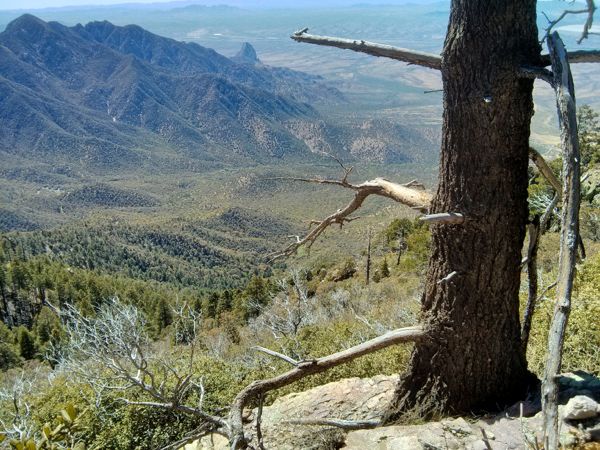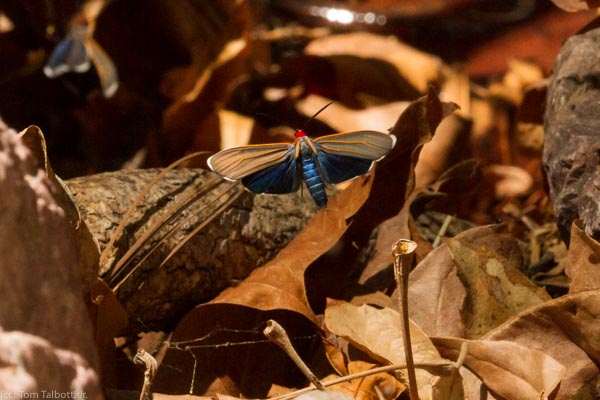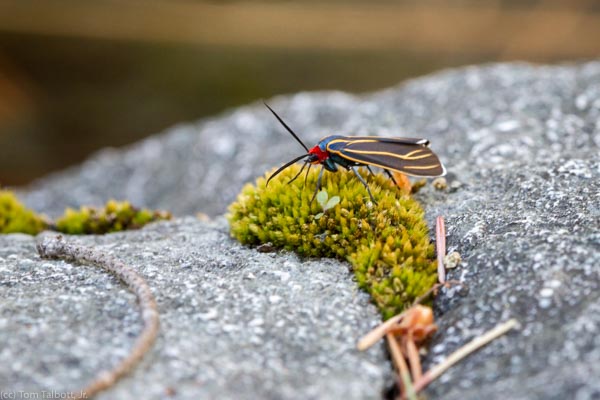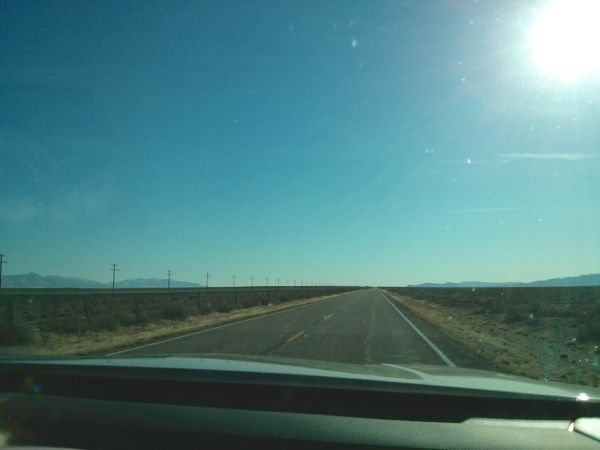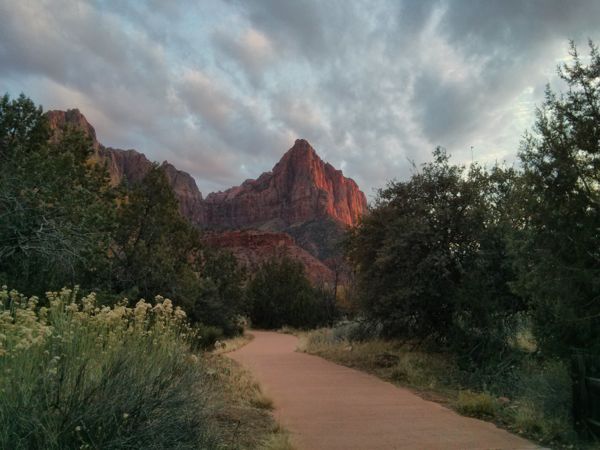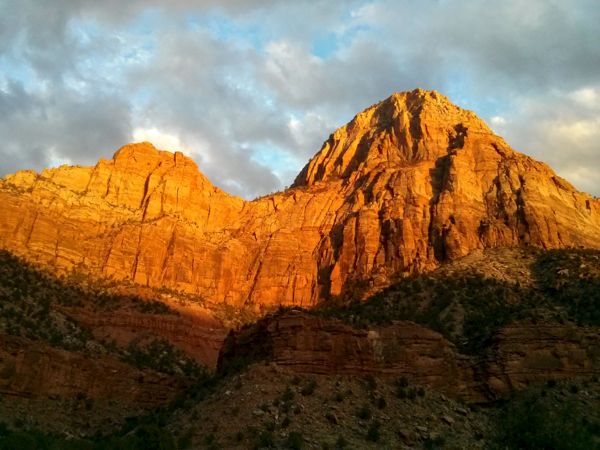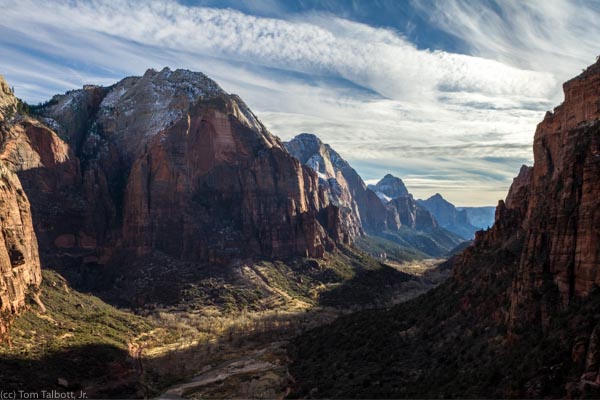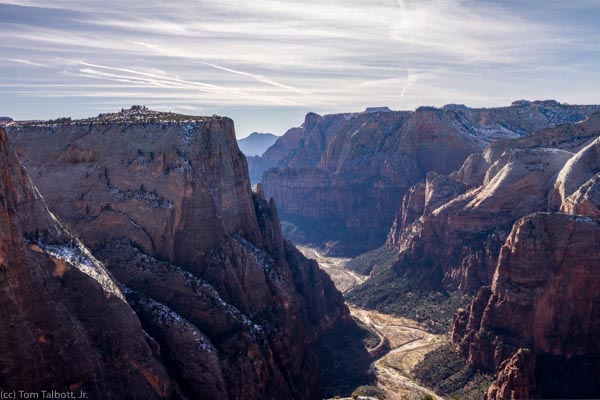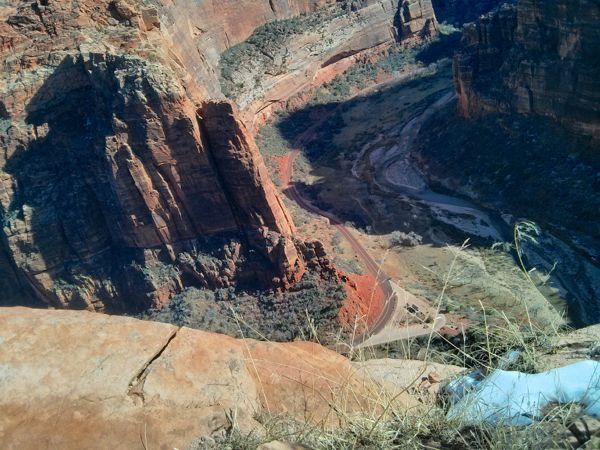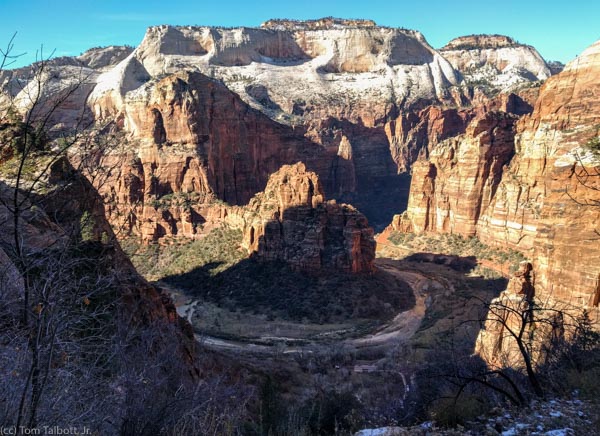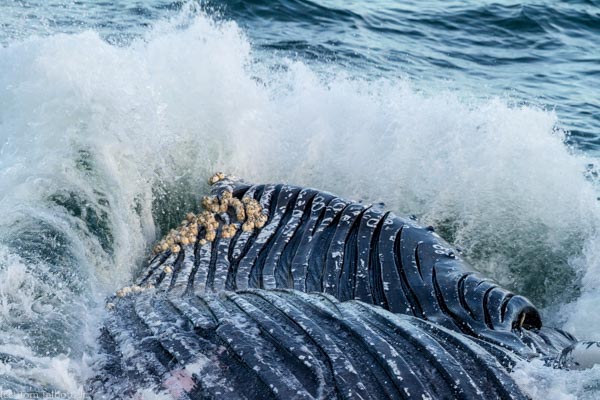Ravens
 May 20, 2018
May 20, 2018 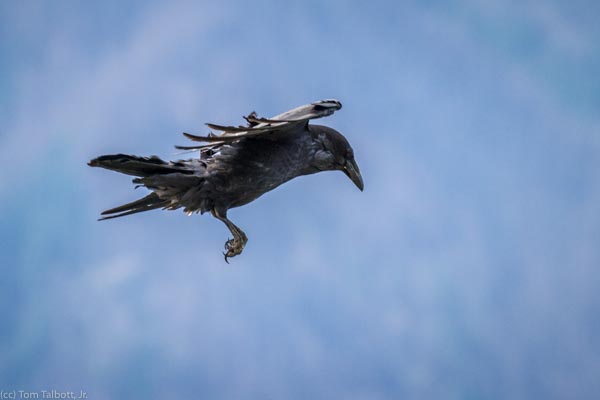 photo credit: Tom Talbott, Jr.
photo credit: Tom Talbott, Jr.
April 22: We are camped at a primitive campground north of Redmond, in the volcanic high desert of eastern Oregon. Surrounded by sagebrush and juniper-covered hills, we look out on fields in the valleys below us greened by irrigation from the Deschutes River and its tributaries. It is sunny today, weather that is not uncommon for a place that gets 12 inches of rain a year, though the liquid calls of the meadowlarks from the tops of the junipers all around us flow like streams over the dry landscape.
Yesterday, Tom and I went for a long hike over the hills between us and the dramatic rock formations of Smith Rock. The pleasures of a landscape like this are often small, but somehow all the more deeply rewarding. We meet some black cows with bright-eyed calves. We find three tiny, tender-green ferns tucked between two rocks where a little patch of damp earth reveals a seep from the basalt above. We watch an orange-carapaced scarab beetle with white fur on its body clamber through some dead stems. We pass a great horned owl guarding a nest of sticks on a cliff face, two white, fuzzy chicks tucked below her. As the day warms, butterflies flutter in bright circles through the air—orange tips, whites, the vivid painted ladies.
Midday we arrive on a ridge above the spectacular formations of Smith Rock—the remnant of much more ancient volcanic activity than what we see all around us. As we pause to drink in the line of snow-capped Cascade volcanoes on the horizon, we notice a red-tailed hawk diving at a group of ravens below us. The red-tail folds its wide wings into impossibly daring stoops on the raven clan, then emerges into the sky with red feathers flared out in the sun. Its dives don’t faze the ravens, who still squawk noisily in the trees below us, and the hawk eventually gives up on chasing them from this part of its mountain and circles off over the valley.
The ravens stay, soaring higher now, and we notice two of them flying in unison. They loop up and over the ridge, then down into the valley, then back up high again in the blue sky, then dive and shoot past us unexpectedly from behind with a sudden tearing roar of wings through air. All the while, they are locked in a tandem formation: as one bird they rise, fall, turn, dive, often just a wings-breadth apart.
As I follow them with my binoculars, I can see that one bird—the larger of the two—is pursuing the other. It flies powerfully, and closes the gap between them easily, but whenever it does, the leading bird makes some slight adjustment. It slides sideways, or changes directions slightly, or stalls and pulls upwards a bit allowing the following bird to shoot past it—some small evasive maneuver to create a little gap between the two that the pursuing bird soon closes again.
This keeps going, on and on—pursue, feint, fall away, pursue again. I am mesmerized by their flight, in a kind of trance. But just when it seems as though they can keep doing this all afternoon, the bird in front rises high above the ridge, then…turns upside down and tackles the following bird with its feet! Now both birds are locked facing each other, grappling and tugging, their sudden lack of forward momentum setting them spinning in tight circles, falling fast out of the sky straight down toward the rocks below, spinning wildly in a dizzying, tumbling, impossible whirl of shimmering black; wings outstretched, feet locked tight, falling fast toward the ground…and just as they are about to enter the canyon below, seem set on crash-landing together, they pull apart, taking air again under their own wings.
I am breathless with the unexpected intensity of this fall after the long mesmerizing loops of their unison flight. Seen up close through my binoculars I feel as if I too were locked in that helpless tumble out of the sky. What was this? Play? Fighting? Mating? It all happened so fast, I am not sure. I think about looking it up online to see what answers I might find from other people's observations, but by the time I get back to camp I realize I don’t want to.
For me, this wasn't about understanding—this was a time to just experience. For those few moments I was not observing or studying; I was a witness, and even a kind of participant. I could feel the reality of this other world—could feel the hearts beating in those shiny, black-feathered bodies; could feel the power in those wings; could feel the actuality of other minds, minds that are simultaneously so different and so similar to my own.
So while I love knowledge, I also recognize that I often use it to order the world around me and keep it at a little distance. Today I got a glimpse beyond that ordering and outside myself. Today I will accept these real lives for what they are: themselves.
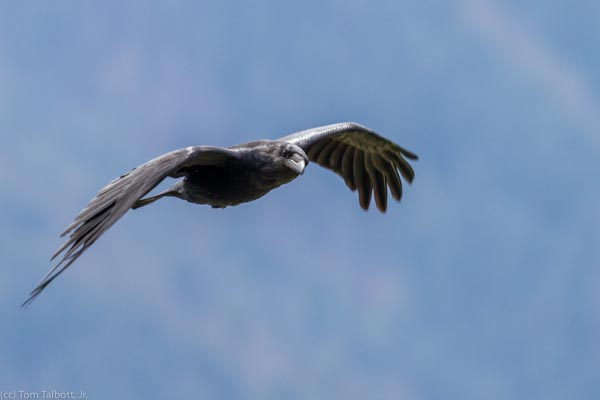 photo credit: Tom Talbott, Jr.
photo credit: Tom Talbott, Jr.
 Creatures
Creatures 